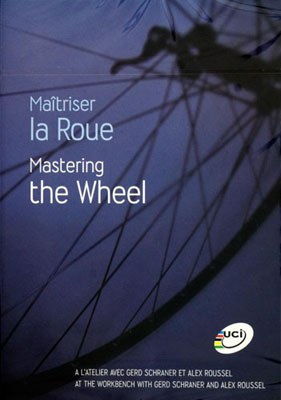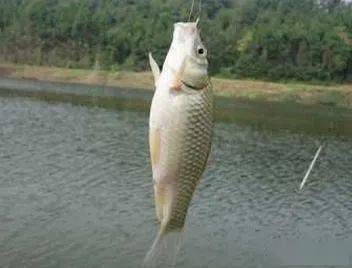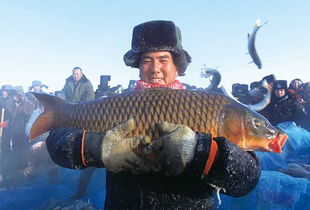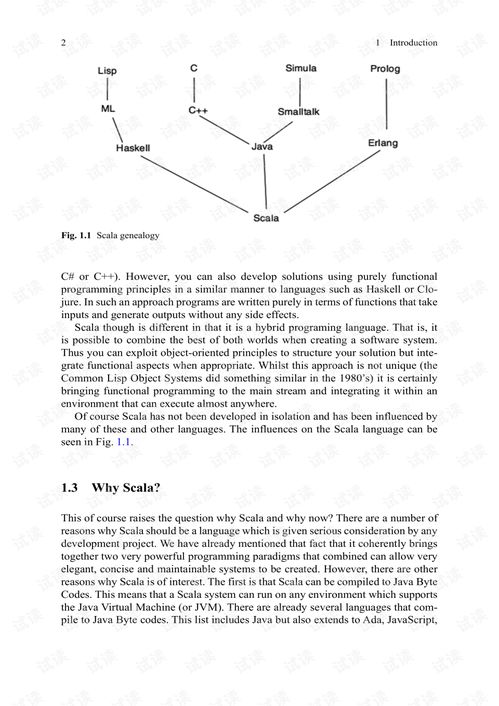Content:
As the sun dips below the horizon, casting a golden hue over the tranquil waters, the seasoned angler knows that the key to a successful fishing trip lies in the subtle art of蚯蚓 baiting. For those who have honed their skills over countless outings, the process of hooking and presenting a juicy worm to the unsuspecting fish is as much a part of the experience as the actual act of fishing itself. Here, we delve into the tried-and-tested techniques of the old hands to help you perfect the art of蚯蚓 baiting for fishing.
Choosing the Right Worms
The first step in mastering蚯蚓 baiting is selecting the right type of worms. Experienced anglers know that not all worms are created equal. The most popular choices are nightcrawlers, red wigglers, and earthworms. Nightcrawlers are often the go-to due to their size and durability, but red wigglers are favored for their ability to attract a wider variety of fish. Earthworms, while smaller, are perfect for targeting smaller species.
Preparing the Worms

Once you've chosen your worms, it's time to prepare them. The old hands recommend removing any dirt or debris from the worms by rinsing them gently under cold water. This not only ensures the worms are fresh but also helps to keep the hook clean and free from foreign particles.
Hooking the Worm
The method of hooking the worm can vary depending on the species of fish you're targeting and your personal preference. Here are two popular techniques:
The Pinch Technique: This method involves pinching the worm's body near the middle with your thumb and forefinger, then sliding the hook through the pinch. This leaves the worm's head free to wiggle and entice fish. It's ideal for larger worms like nightcrawlers.
The Wiggler Technique: For smaller worms like red wigglers, the wiggler technique is more effective. Simply thread the hook through the worm's body, avoiding the head and tail. This allows the worm to move more naturally in the water.
Presenting the Bait
The way you present the bait to the fish can make or break your chances of a successful catch. Here are some tips from the pros:
Worm Movement: Keep the worm moving. A stationary worm is less likely to attract fish. Use a slow, steady retrieve or let the worm hang motionless, mimicking a real worm on the bottom.
Depth: Adjust the depth of your presentation based on the species you're targeting. For instance, if you're fishing for bass, you'll want to present the worm closer to the bottom. For panfish, a slightly higher presentation might be more effective.
Water Conditions: In murky or stained waters, a more subdued presentation might be necessary. In clear waters, a more animated presentation can often be more effective.
Maintaining Your Bait
It's important to keep your bait looking natural throughout your fishing trip. If you notice that the worm is getting frayed or losing its color, it's time to replace it. A fresh worm is more likely to attract fish and can also help you maintain a better hook set.
Conclusion
Becoming a master at蚯蚓 baiting takes practice and patience, but the rewards are well worth the effort. By following the techniques of the old hands, you'll be well on your way to becoming a proficient angler who can consistently attract and catch fish with a simple, yet effective, worm. So, the next time you head out to the water, remember these tips and let the art of蚯蚓 baiting be your guide to a successful fishing adventure.












